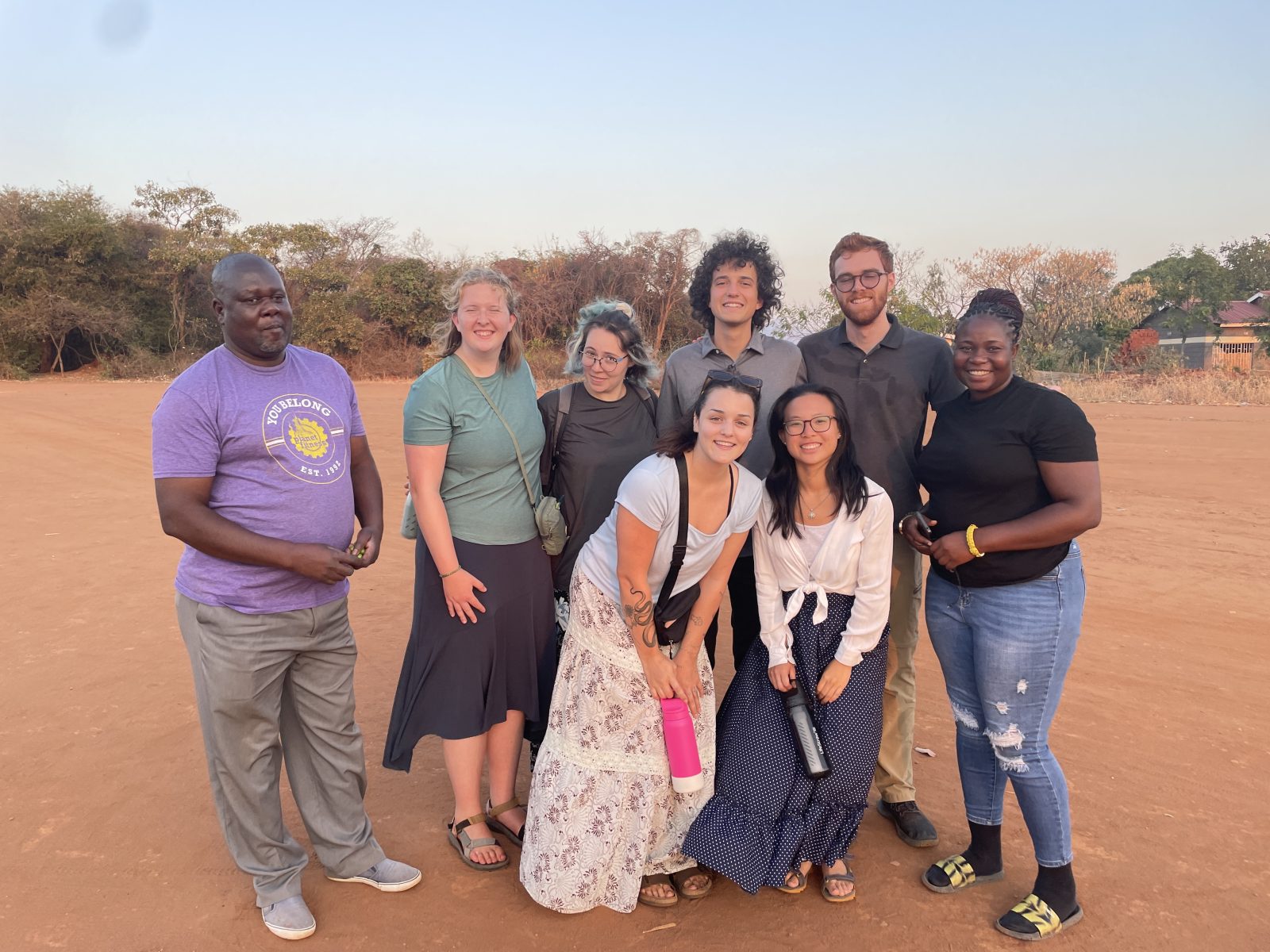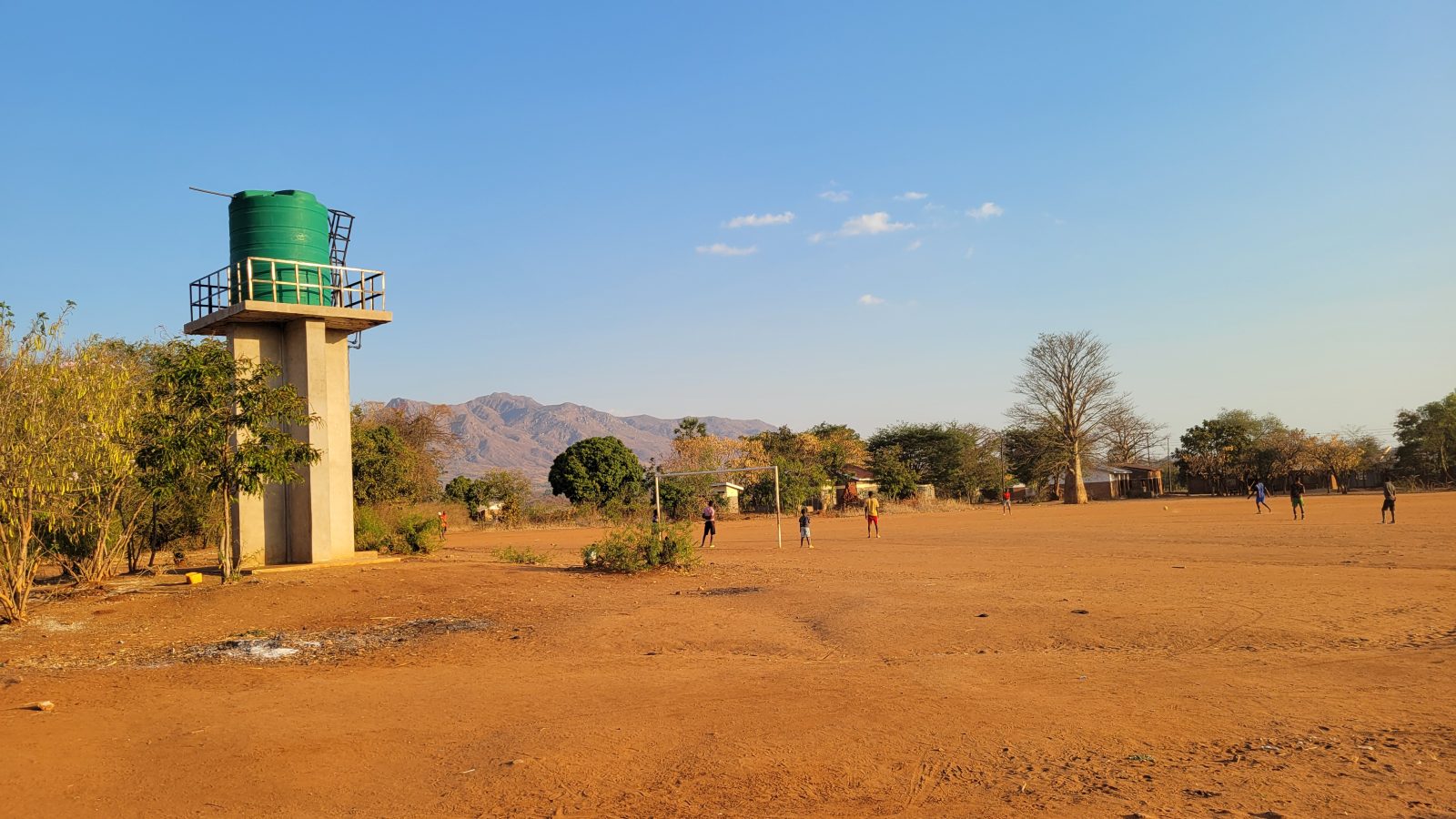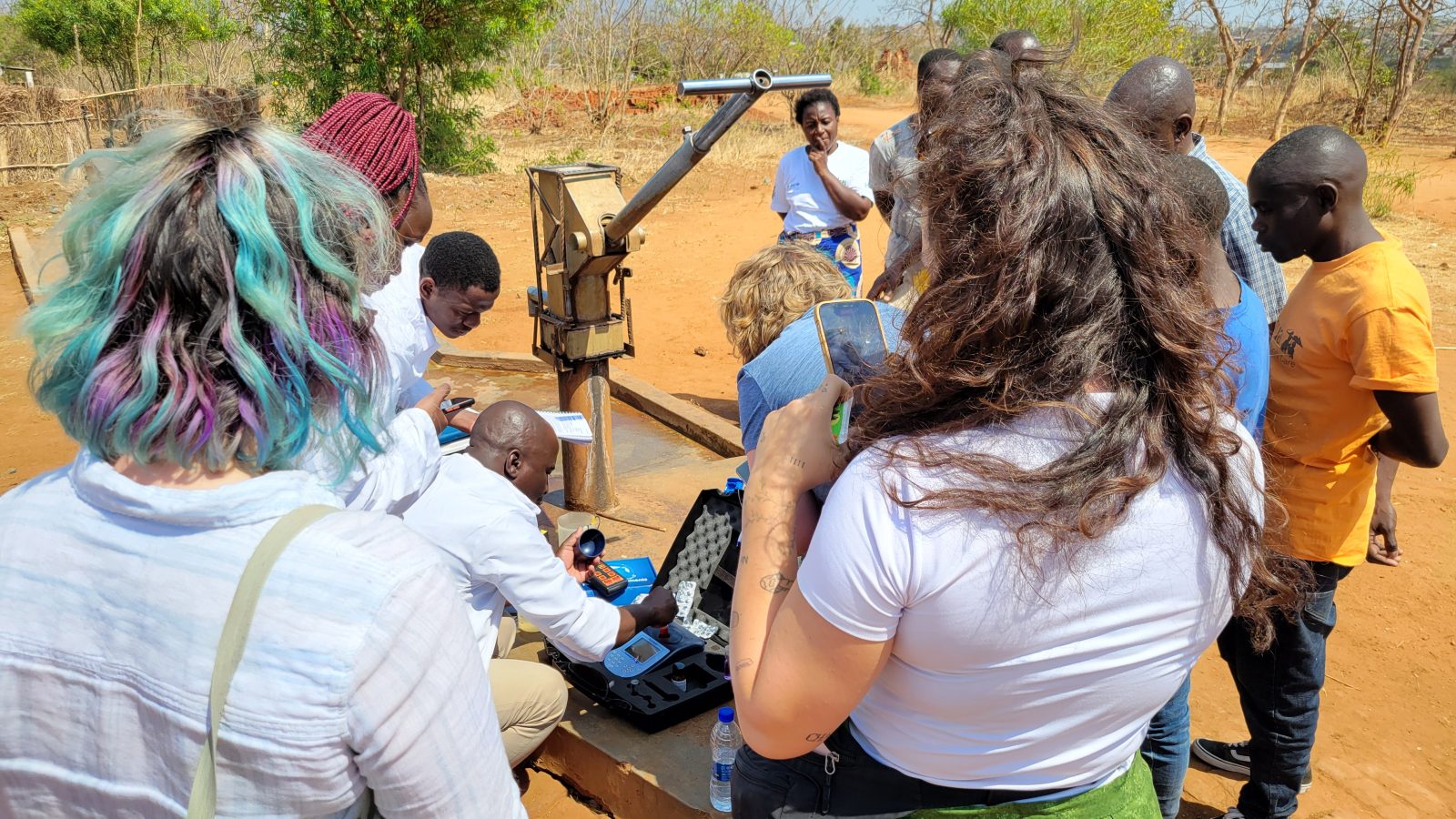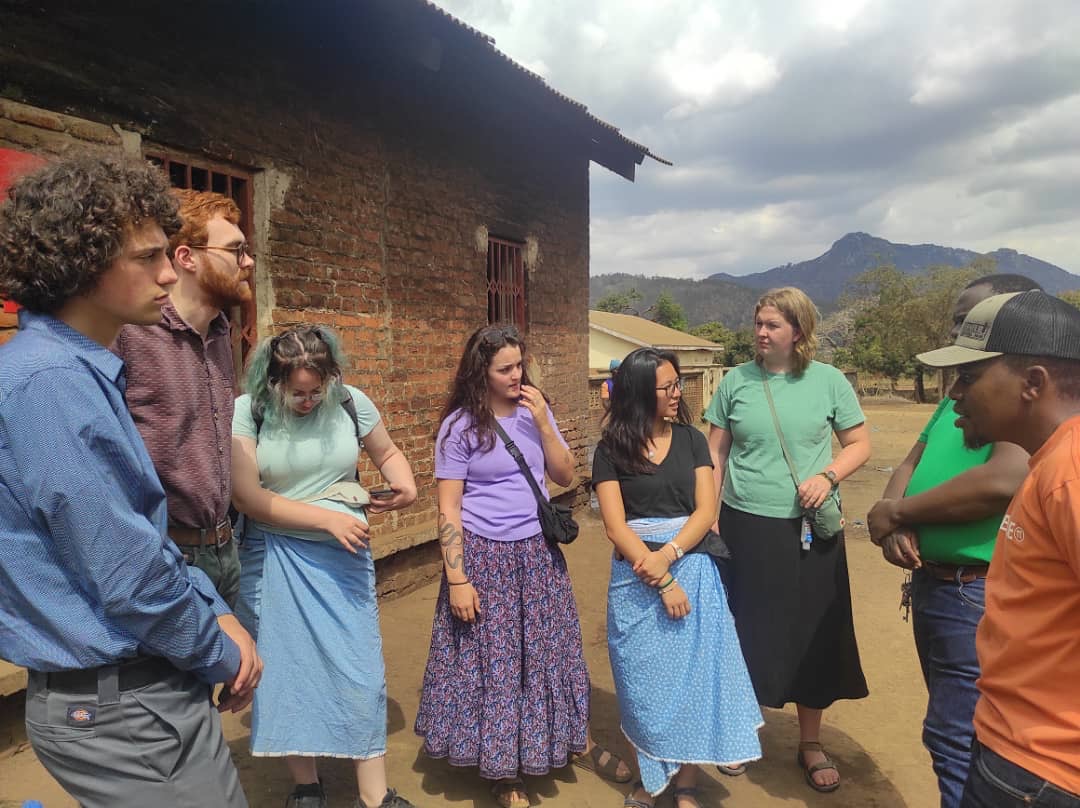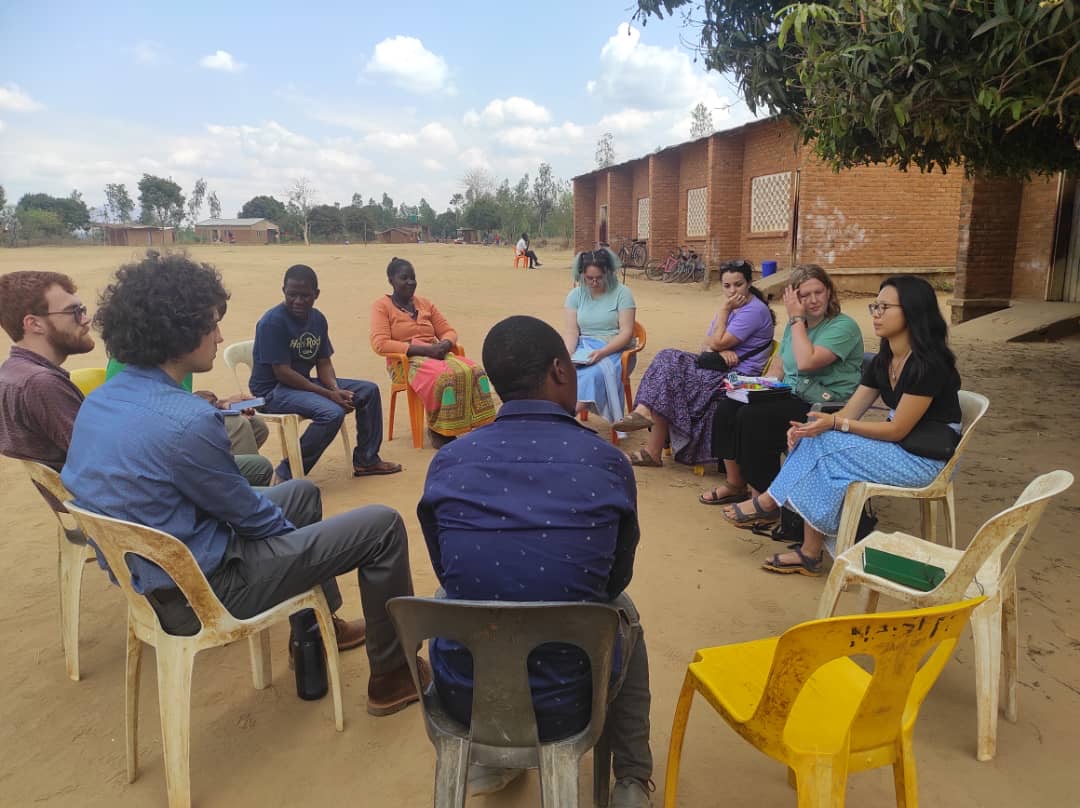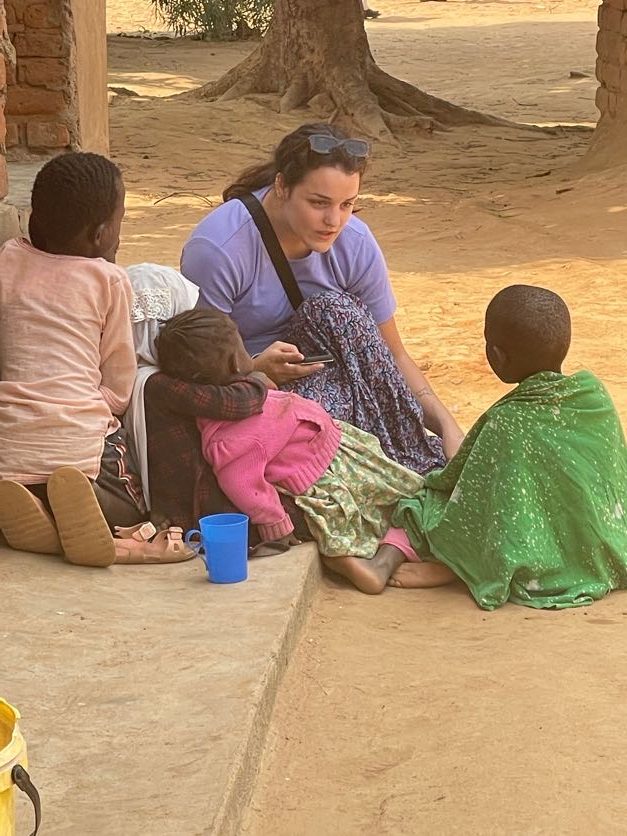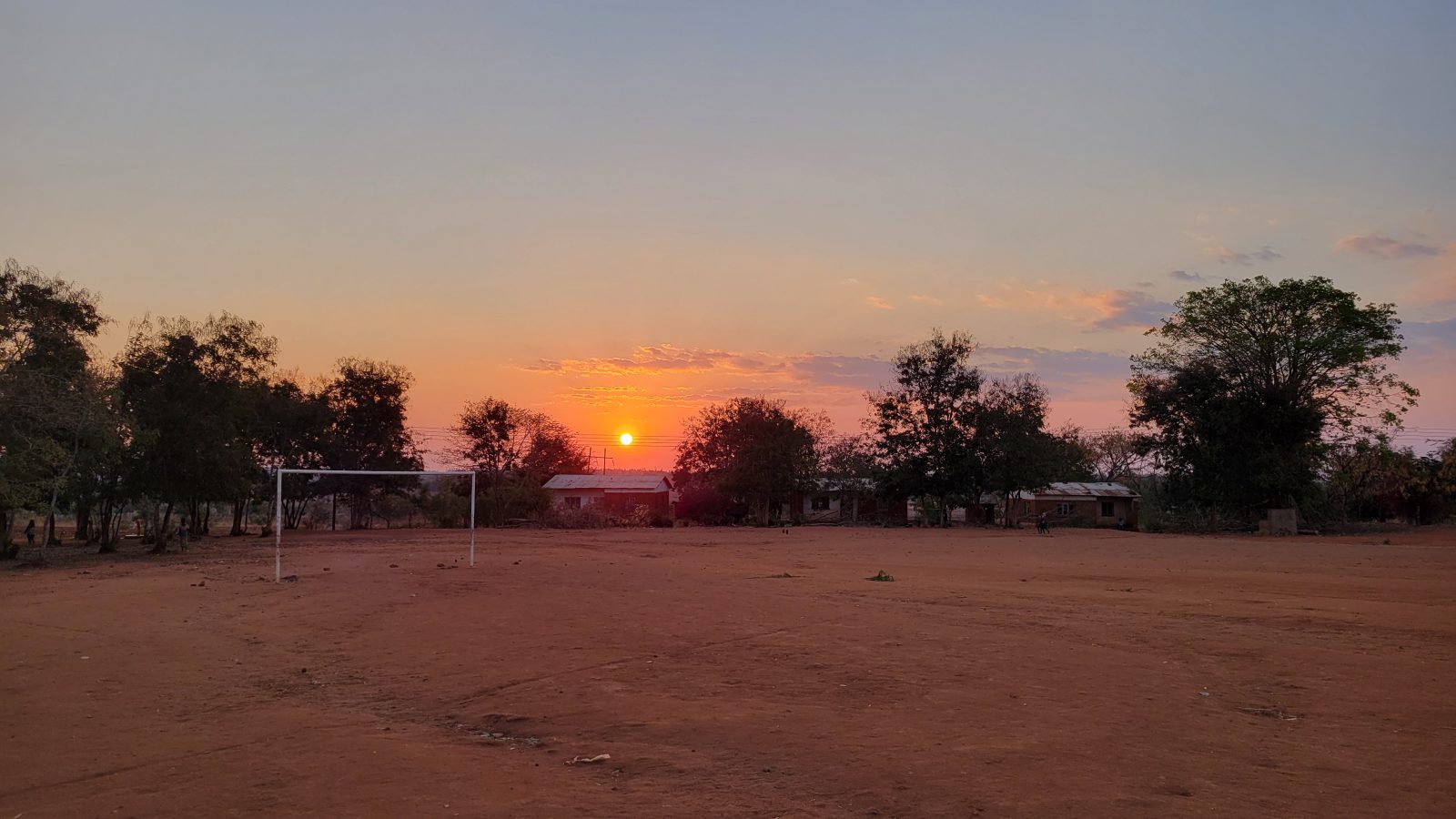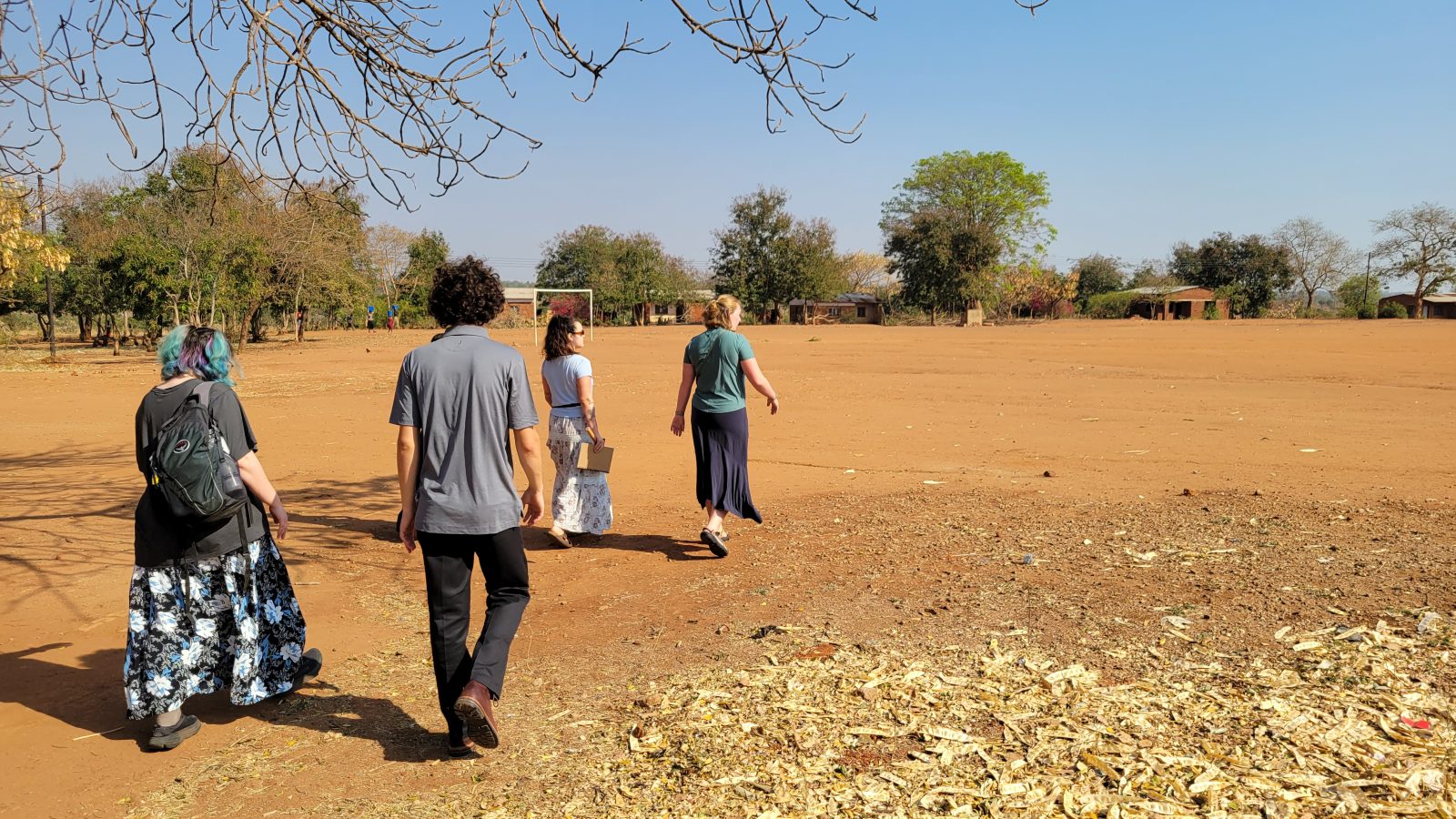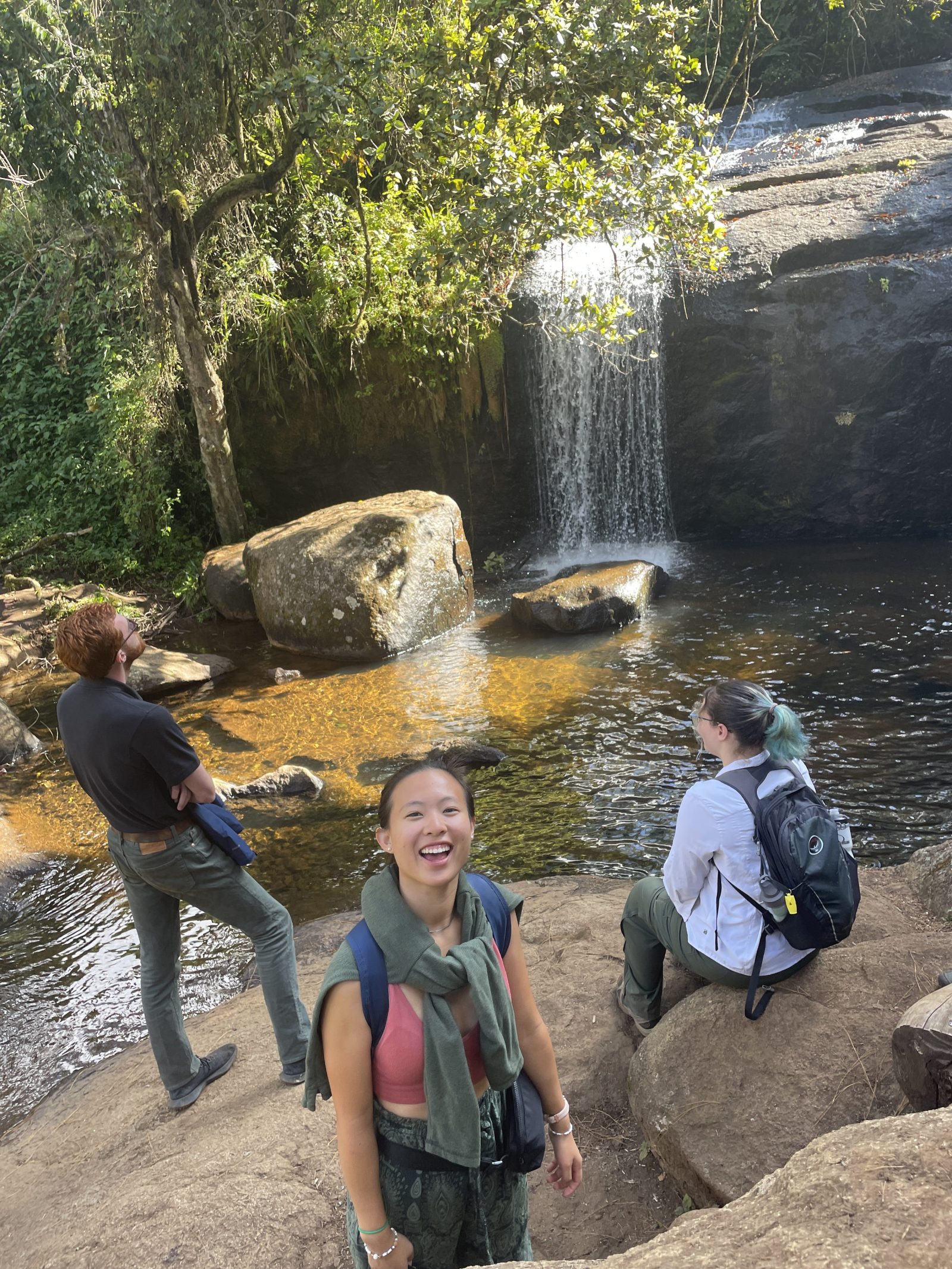A Journey to Malawi: My Time with Engineers Without Borders
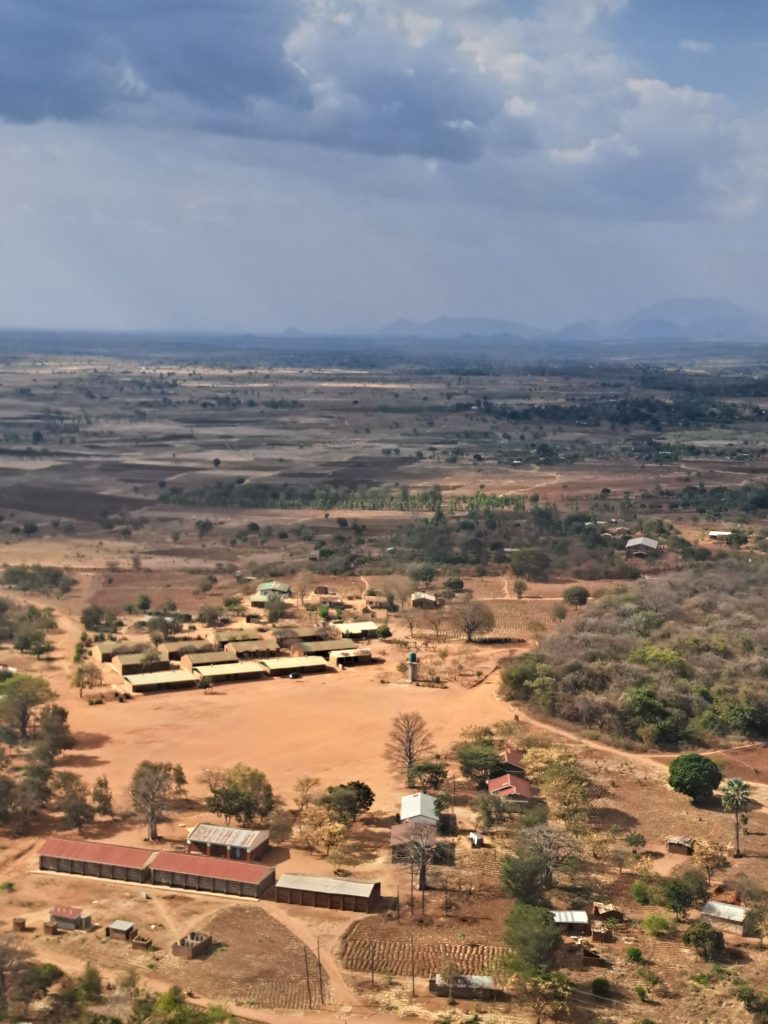
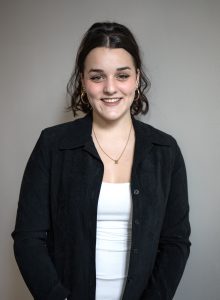
Adda Hennessey
This past summer, I wrapped up my engineering internship with Simpson Gumpertz & Heger (SGH). A week later, I ventured to Malawi in East Africa as a member of Engineers Without Borders. A group of Tufts University engineering students—from multiple degree programs—came together to use our expertise to help give back to the community and people of Solomoni, Malawi. I learned so much during my time at SGH and it was exciting to put my SGH-acquired skills to use right away and make a difference in the process.
The Program
Engineers Without Borders aims to improve infrastructure around the world by implementing engineering projects that help to support basic human needs. Volunteers come from a wide range of backgrounds and are not all engineers. The group regularly works on water supply, civil works, sanitation, agriculture, energy, and structural projects.
Establishing Clean Water
In the United States, we take access to clean water for granted every day. Before we began our project in Solomoni, cholera was present in the local water. Students were missing school to collect water. Young girls stayed home when menstruating because they didn’t have access to showers for basic sanitation. This year, we finalized a project that began in 2017. We partnered with a primary and secondary school community of 1,500 students to establish a clean water system. We initially installed a hand pump for water access but upgraded the system to a solar-powered borehole. The borehole is connected to a tower that’s part of a gravity-fed piping network with eight tap stands and one shower location. Having access to clean water means these students no longer miss school to collect water or access sanitation facilities. The water will also allow the students to conduct more hands-on science experiments in the future.
returned this summer to assess how the systems were functioning and establish a future maintenance and evaluation plan. We spoke with the local community to better understand how they used the water system, what was working, and what wasn’t. We also identified repairs needed and acknowledged designs that didn’t support the community. We collaborated with a local plumber to begin repairs to the system. As we move toward transferring ownership to the community, we learned that we need to work with them to establish the operation and maintenance plan so the project can be self-sustaining and last for the next twenty years.
After finishing our work in Solomoni, we conducted initial research to identify a community for our next project. Our chapter is excited to return to Makwelani next year, where we’ll start by establishing a rainwater catchment system and hand-washing stations. We made sure to visit local stores and speak with community members to ensure our design uses materials and resources that are available locally. This challenges our engineering skills, as we can’t rely on what’s commonly available in the U.S. After implementing the rainwater catchment systems, we plan to continue our relationship with the community for up to ten years for civil infrastructure and urban planning projects.
Putting my SGH Education to Work
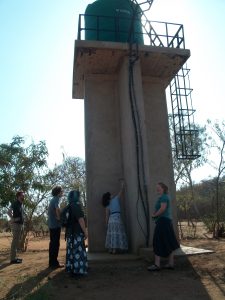
Sounding tower.
During my time at SGH, I worked with Paul Kassabian on a data collection system for an ongoing project in Japan. Paul is a Principal and structural engineer and specializes in developing innovative methods for design and construction projects. He taught me how to ask the right questions and document answers efficiently. With this knowledge, our team was able to upgrade our survey system to collect more useful data. We were able to understand more about daily life in the villages through questions about household demographics, how people collect their water, how much water they collect, ways of generating income, types of cookstoves, health information, sanitation and hygiene habits, and more. In Solomoni, we tried to gauge how the system has impacted the community by asking the same questions as the year before and analyzing the changes in responses.
While at SGH, I also had the opportunity to visit a few project sites. My supervisor, Jason Varney, taught me how to sound concrete and listen for delamination and spalls and suggested we take a masonry hammer to Malawi. I applied this knowledge when we were assessing the water tower in Malawi. Using the hammer, I identified hollow sounds, which indicated delamination. I was initially confused because this doesn’t typically occur in one-year-old concrete. While repairing the tap stands, I learned that brick is used as a reinforcement in place of steel rebar due to cost and material availability. I also learned that the tower is made of cinderblocks and is covered with a cement shell, which would produce that hollow sound we heard.
Favorite Memory
It felt great to apply my engineering education and experience to this project, but my favorite part really came from interacting with the people. Although we learned a few phrases in Chichewa, there was still a language barrier, but it didn’t seem to matter. I remember sitting down with some kids and we just laughed, played hand games, looked at photos on my phone, and ate little mangoes dipped in sugar. We didn’t speak the same language, but they still welcomed me into their community, which was a beautiful representation of global connection.
And I can’t forget the sunsets, they were truly spectacular! I can’t wait to return and further our relationships with these communities.
